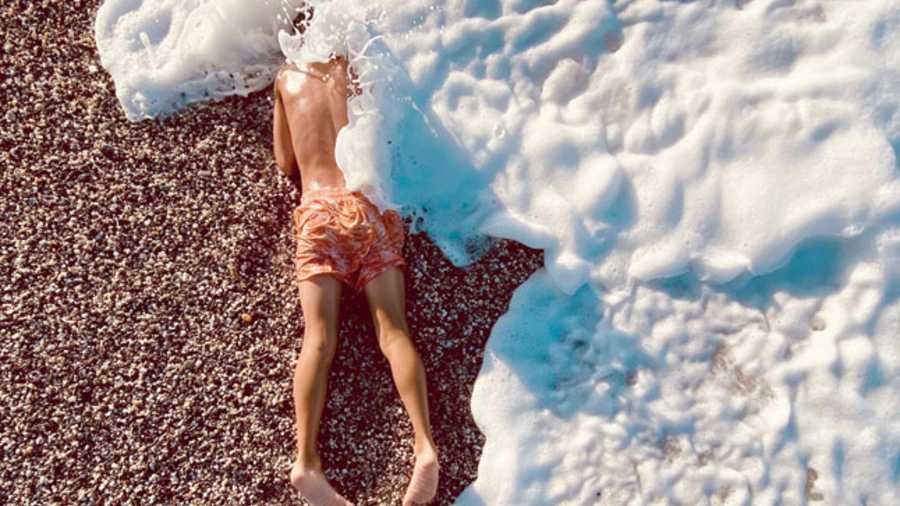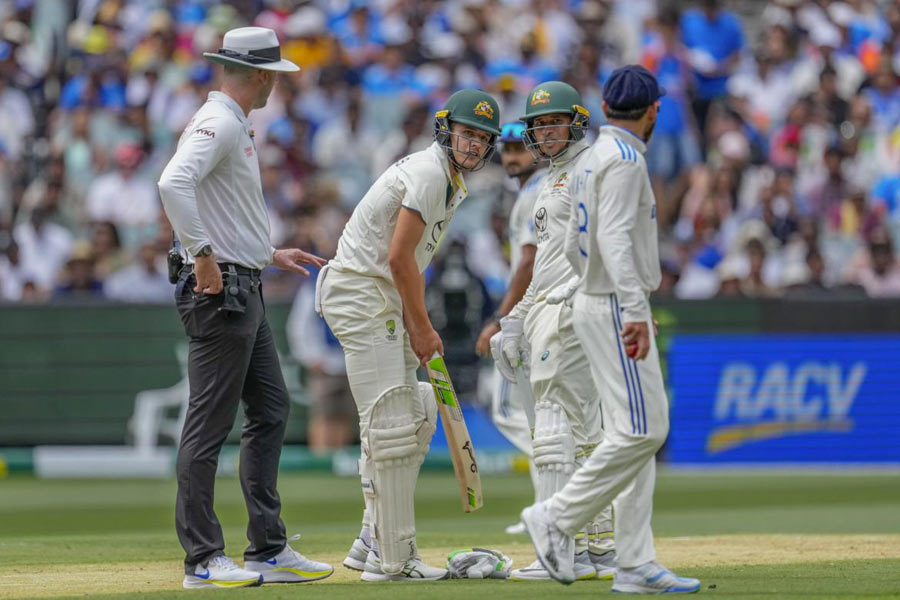Get, set and click
Why buy a flagship phone when a photo can also be taken on a Rs 10,000 phone? The answer lies in processor as well as camera set-up, besides the premium hardware that goes into the phone. Photos taken on an iPhone 12 Pro or Samsung Galaxy S21 Ultra or Google Pixel 4 is different from that taken on a budget phone because of the level of computational technology involved.
Consider the iPhone camera app, which can’t get any simpler. Just point and shoot. You rarely need to tap on focus but go ahead, if you want to. If you need extra controls, these are just a tap or swipe away. All the heavy lifting is done by things like smart HDR, multiple exposure shots, computational photography and the image signal processor. The chip running the iPhone 12 — the A14 Bionic — makes all of these things happen at the blink of an eye. The shots are saved immediately and there is zero delay. Its competition, the Google Pixel, is an equal when it comes to computational photography and the company refuses to add extra lenses — like macro and monochrome — just for the sake of it.
Photo taken on either phone is not over-sharpened or over-processed and there’s always plenty of dynamic range and details, making them powerful devices for all kinds of photography. Here are a few tips you can keep in mind while capturing waterbodies or the rain.
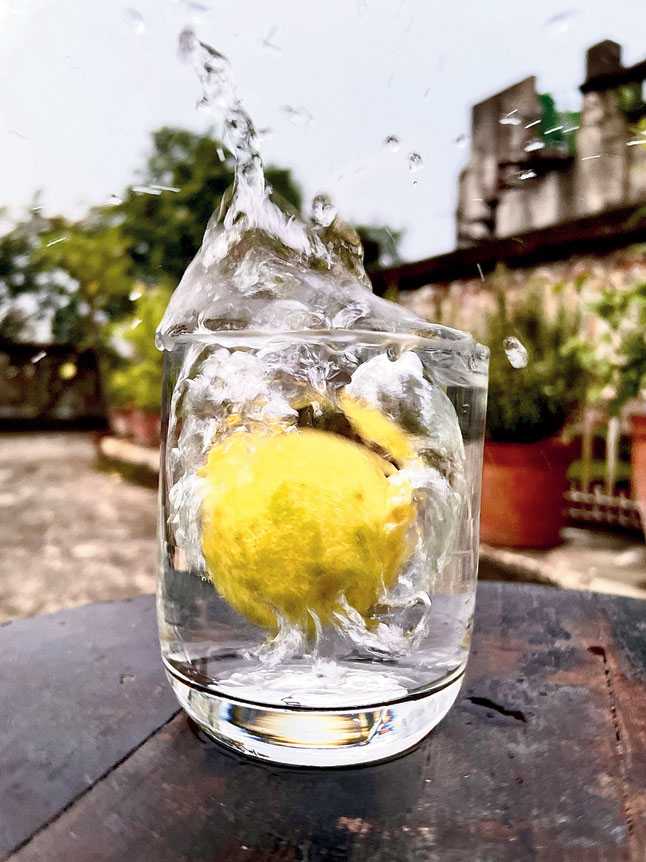
One of the many burst shots taken while dropping a lemon into a glass of water. Picture: The Telegraph
Think about the time of day: In case you are shooting around a waterbody, consider the time of day. To snap the reflective nature of water, choose sunrise or sunset when the glare of the sun is not too strong.
Try different shutter speeds: An app like Moment on the iPhone can come to the rescue when it comes to playing with ISO, focus and so on. Many Android phones come with Pro settings, which allow some room for experimentation.
Shoot in RAW format: On choosing the RAW picture format, there is additional creative control when you make adjustments to exposure, colour and white balance later on, say, Photoshop.
Capture reflections: When rain falls on sidewalks or streets and creates puddles, these can capture beautiful reflections of buildings, cars, trees or people walking by.
Freeze raindrops: Using a long shutter speed creates motion blur but a fast shutter speed can help freeze a movement.
Condensation makes for great photos: When the temperature outside drops, try shooting from the comforts of your cosy room but through a glass window covered in condensation. The same goes for the window in your car.
Burst shots: While capturing an object falling into a glass, keep the shutter speed high and take a burst of shots while holding the phone upside down. Usually, the volume button can be used to click photos when the camera app is on.
Night photography: After a heavy shower, colours on store signs and LED lights take a life of its own in the evening.
Power of odd numbers: Instead of two or four flowers lying on the ground, try three or five (odd numbers); going by personal experience, it somehow looks better.
RAINY DAY APPS
Water Resistance Tester
Smartphone companies promise IP rating, saying your phone is waterproof. That’s great but are you sure that the seals on your phone are intact? Developed by Ray Wang, the app does one thing and one thing only — checks the integrity of your Android phone’s IP67/IP68 rating by using the barometer in your device. There’s nothing much to talk about in way of app interface, but once you download simply press down firmly on the screen to get a pass/fail grade. It helps if you take the back cover off to get an accurate result.
The general consensus on the Play Store and Reddit is that the app works and our testing of Samsung Galaxy Note 20 Ultra didn’t show any problems. There are a few ads at the bottom of the screen, which can be done away by tipping the developer as little as $1.
Carrot Weather
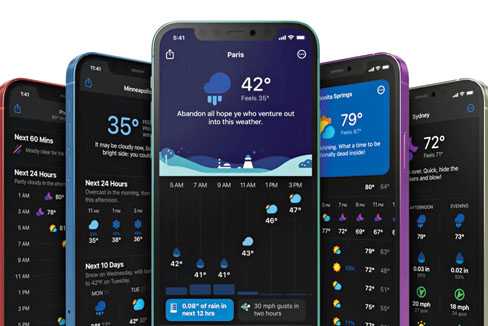
Anyone with Homer Simpson-level sarcasm will enjoy this weather app, which is unlike anything out there. While installing the app, choose the level of irreverence you can bear and let the app take you through the day. The initial screen shows all the weather info we want at a glance, precipitation, forecast, minimum/maximum temperature and so on. Tapping on the info takes you on a deep dive, like pattern of the 141.7mm of rain that the city may have got over a few days or the UV index and wind information. It is at this point, the app becomes nerdy, offering more than basic information.
There is also a ‘time machine’ feature that compares the weather with the day you choose or move into ‘AR Mode’ where all the info appears in the space before you.
The best part of the deal is that you can choose the weather source — Foreca, Dark Sky, AccuWeather, AerisWeather, MeteoGroup and Tomorrow.in. Speaking of Dark Sky, since the app was purchased by Apple, you can expect a lot of improvements to Apple’s Weather app in iOS 15.
DIY fixes
Speaker Cleaner
There are times when a water-resistant smartphone takes a dip and comes away unscathed but sound appears muffled for some time. How do you fix it? For Android phones, there are several apps that play a range of sounds which force the water out. One of the more popular apps is Speaker Cleaner, which comes with a lot of advertisements but it seems to work. Simply turn the volume up and place the phone screen down on a flat surface. Over around a minute, the speaker emits a range of frequencies that should do the trick. If you want to get rid of the ads, there is the option to pay Rs 50, Rs 100 or Rs 200.
Siri shortcut
Whatever the IP rating of your iPhone, it’s best not to submerge it in water to take photographs. Yes, some people do that! There is always a chance that water will gather around the speaker grille, making sound appear muffled. Here’s where a Siri shortcut comes into play. In the Settings menu, choose shortcuts and then toggle on ‘Allow Untrusted Shortcuts’. Next, download the ‘Water Eject’ shortcut from Josh0678 on Routinehub.co. On using the shortcut, a series of sounds are emitted that ejects water from the speaker. Or, use the Sonic app which is useful. You can change the frequency slowly. There is also a paid version.
Water Lock
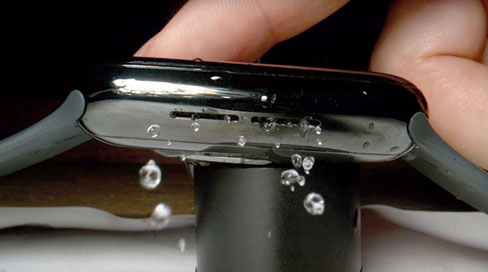
The Slow Mo Guys have captured the water ejection feature on the Apple Watch
The Apple Watch is expensive and though it’s supposed to take care of the elements, there’s always the issue of water droplets gathering around the speaker grille. Unlike on phones, here you have a feature called Water Lock. Swipe up from the bottom of any screen to open the Command Center and then look out for the water drop icon. Tap it. Immediately the screen stops responding to taps or swipes. This is when you can go swimming or bathing, without having too much to worry about. Once you are done, rotate the Watch’s crown and the device will beep a few times, expelling any water that’s in the speaker and mics, besides reactivating the screen. At the same time, remember this is a water-resistant smartwatch and not waterproof. And don’t wear the Watch to a sauna which may wear out the Watch’s water-resistant seals.

